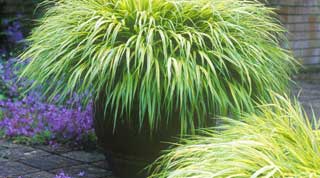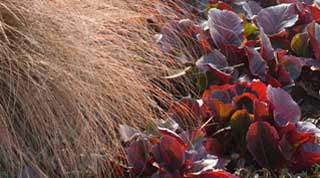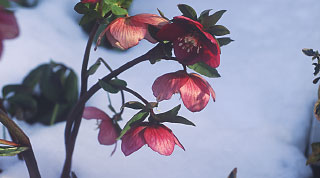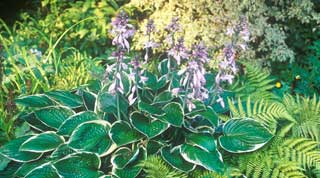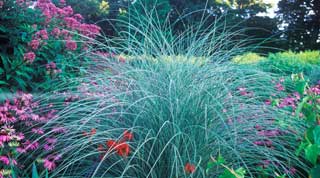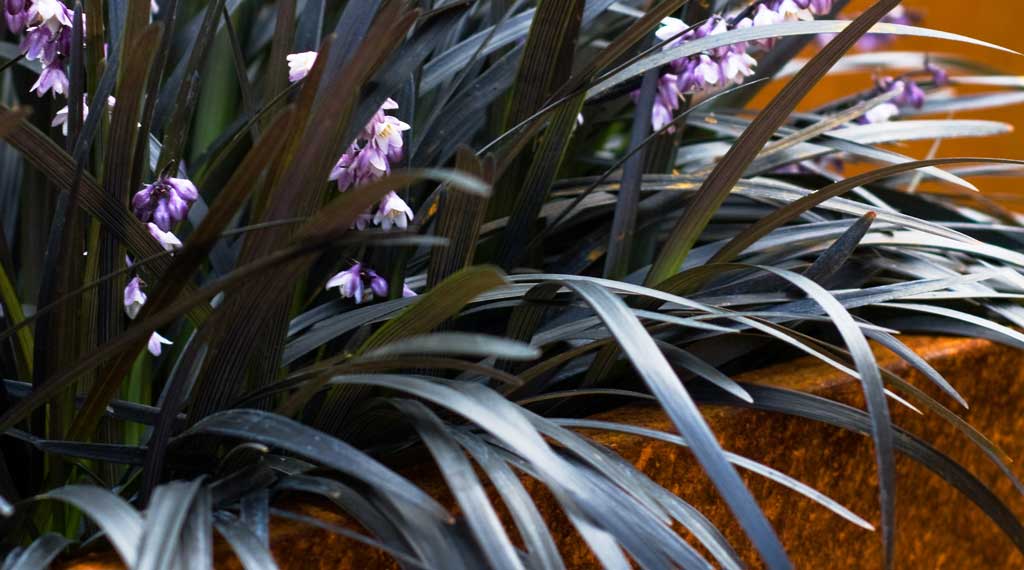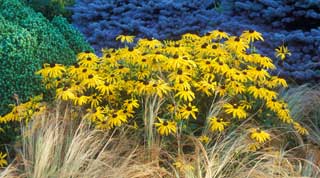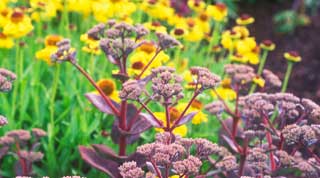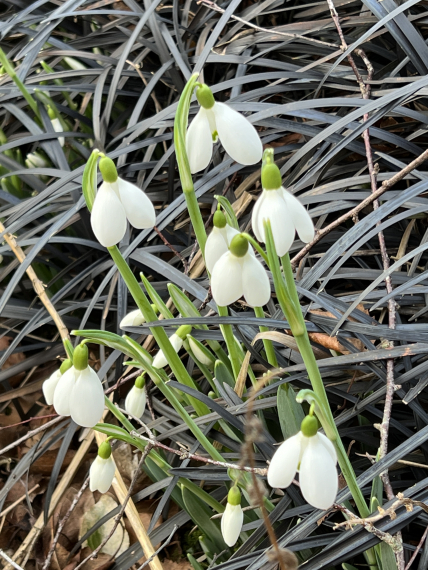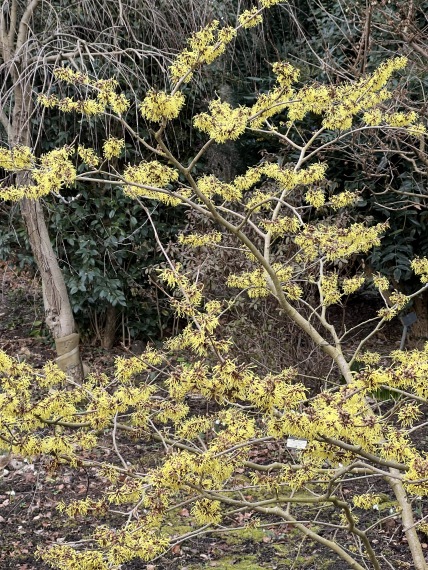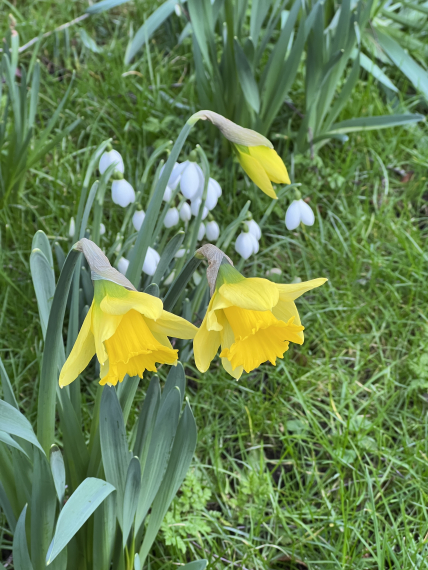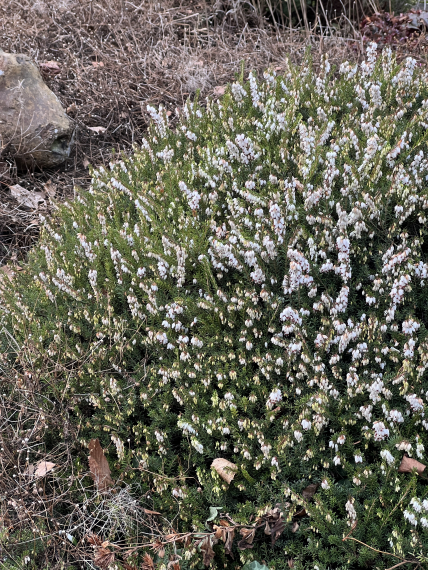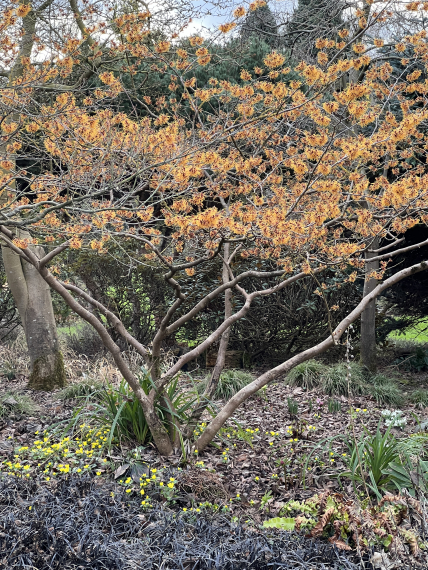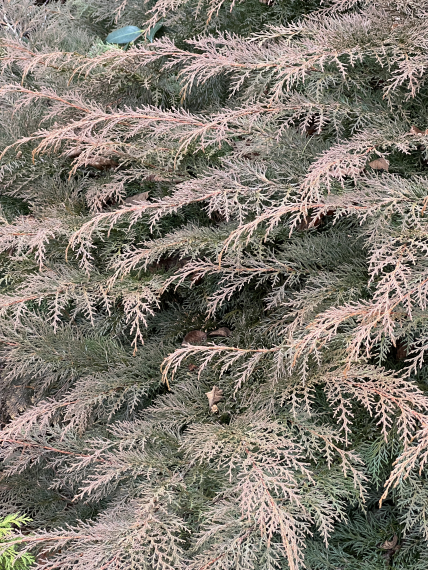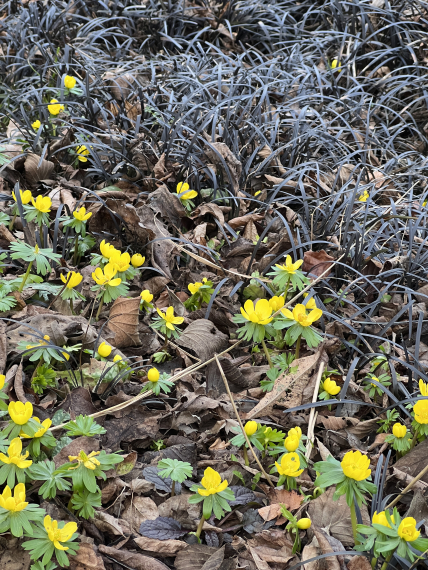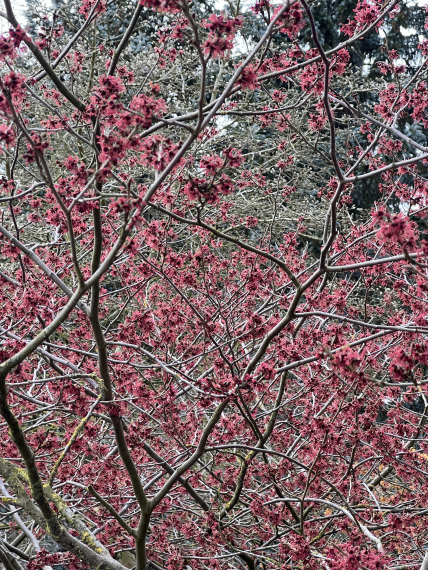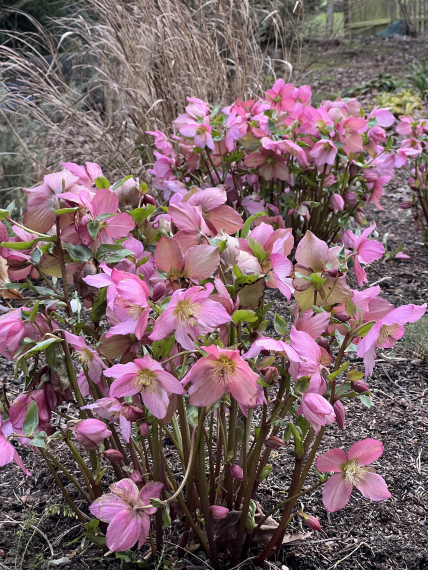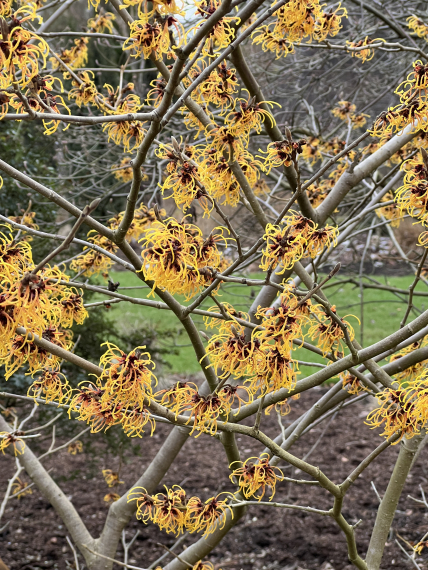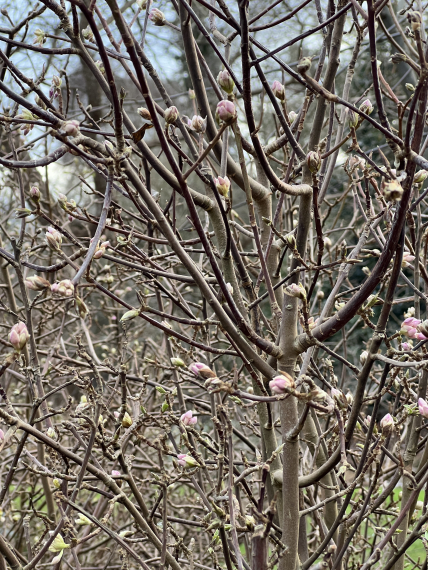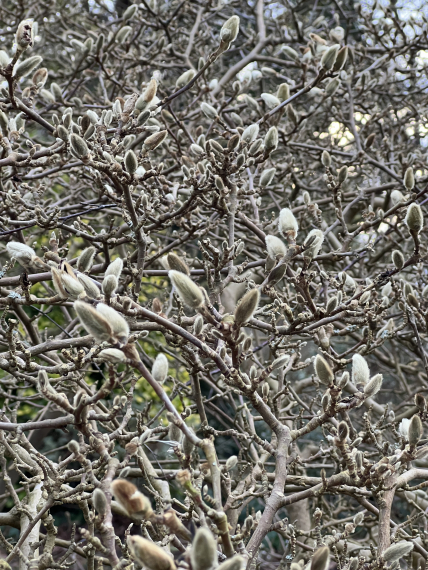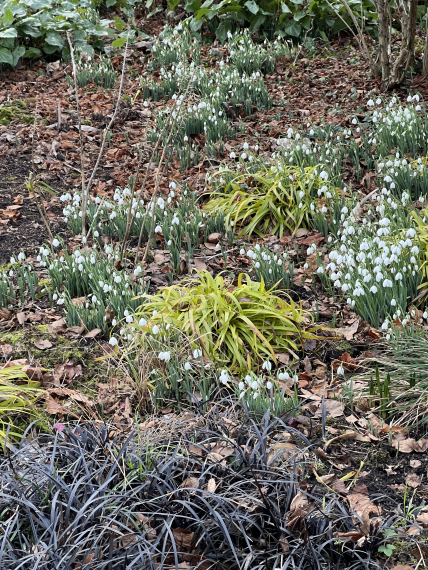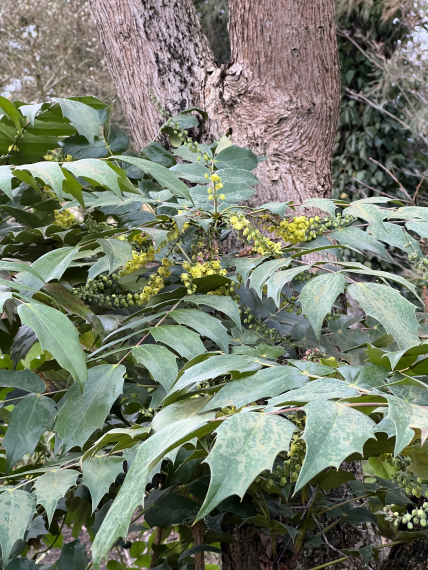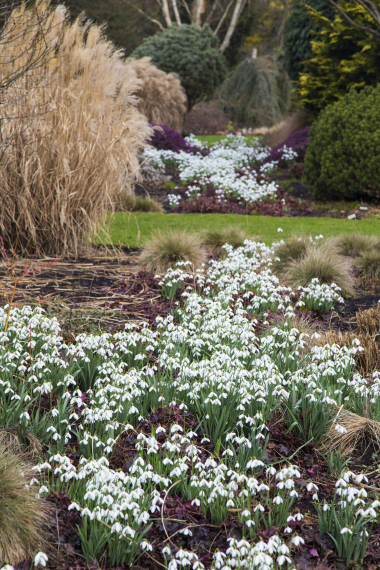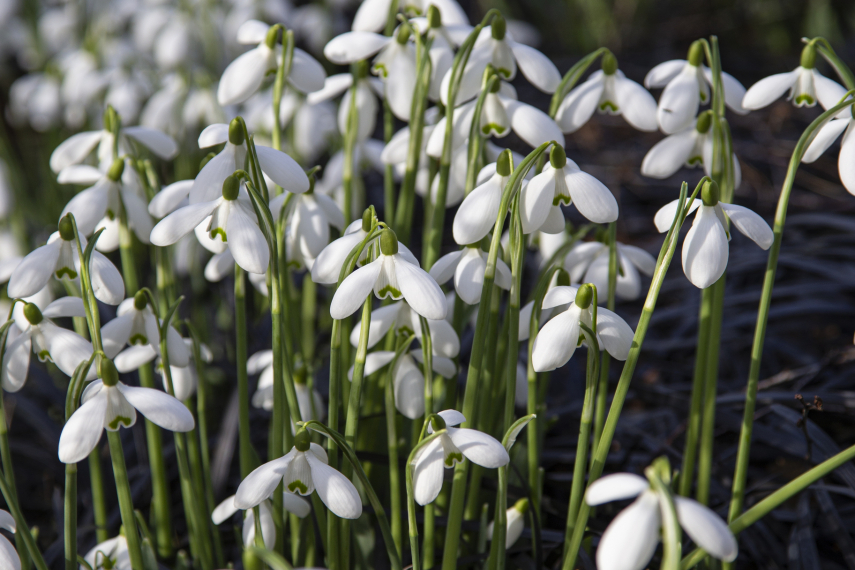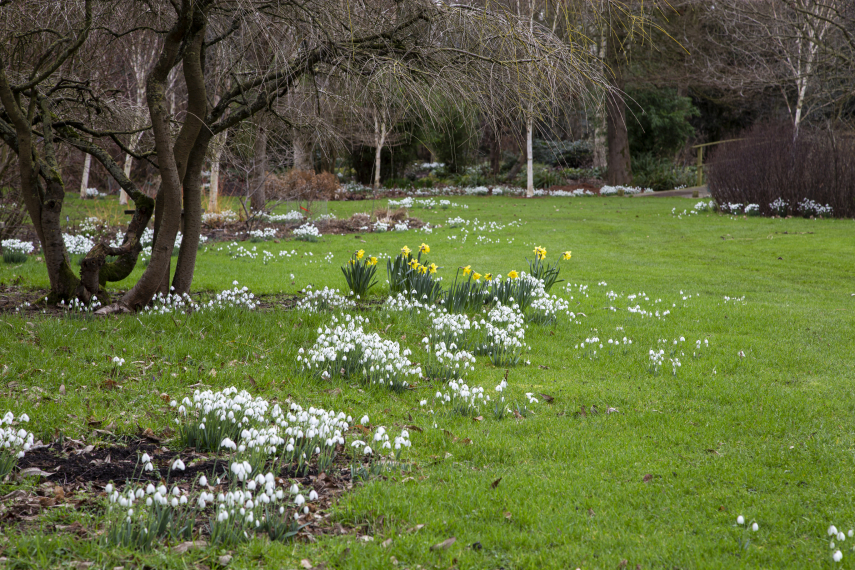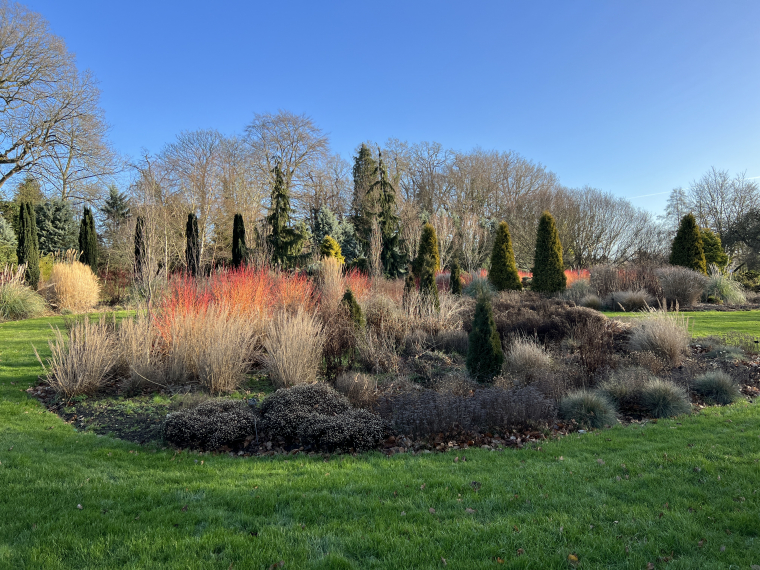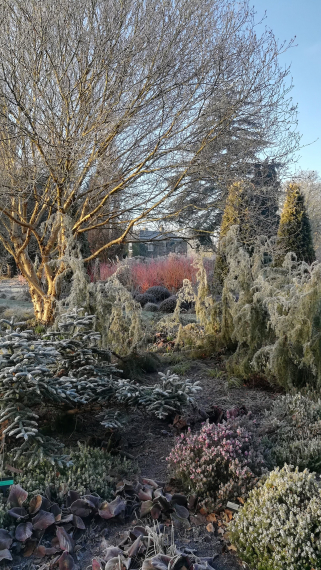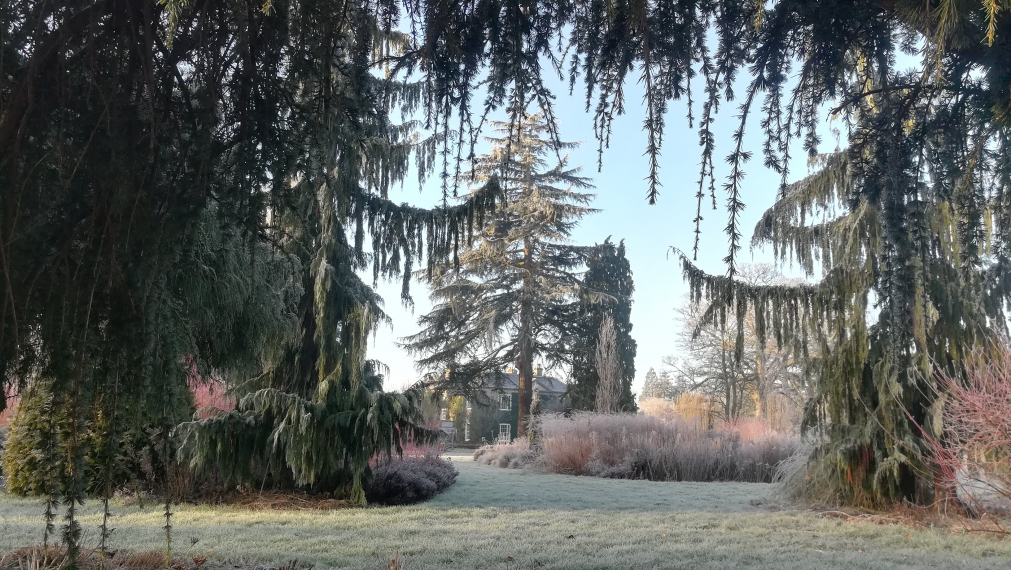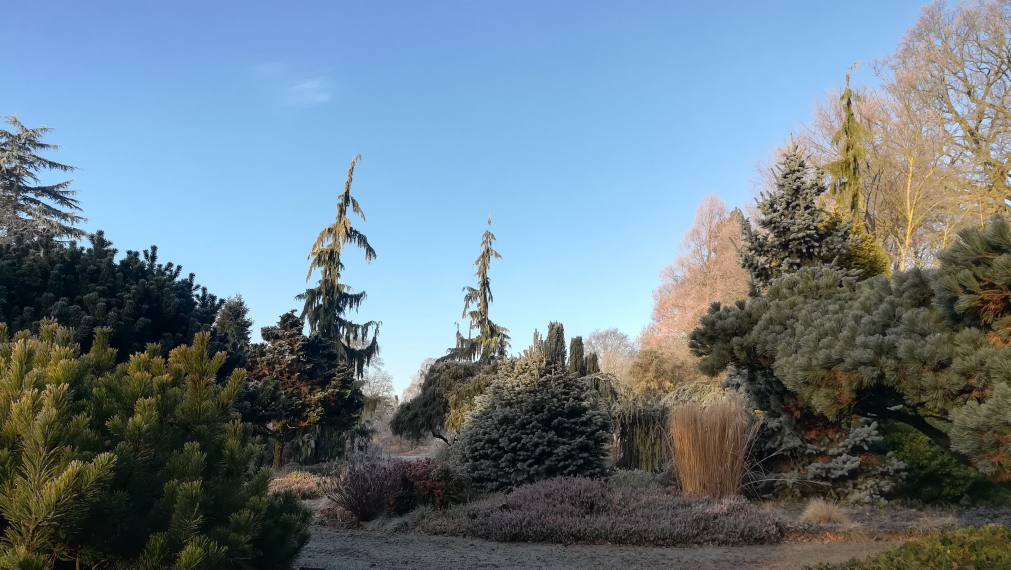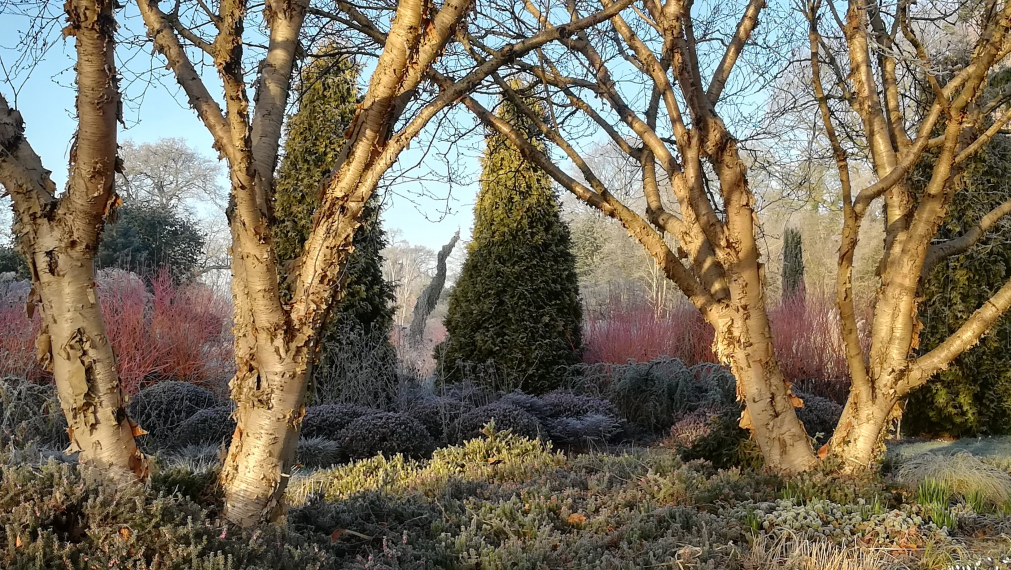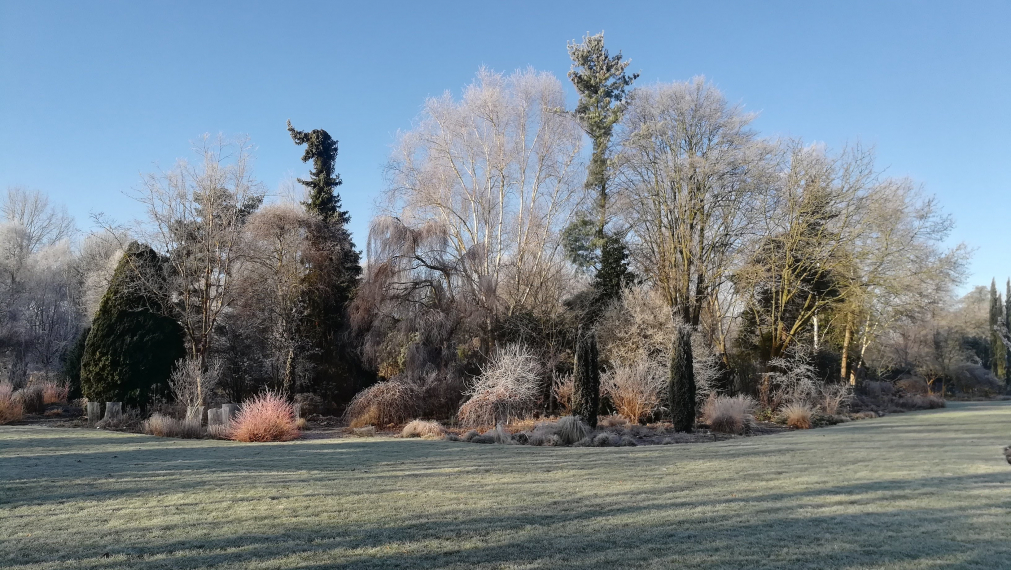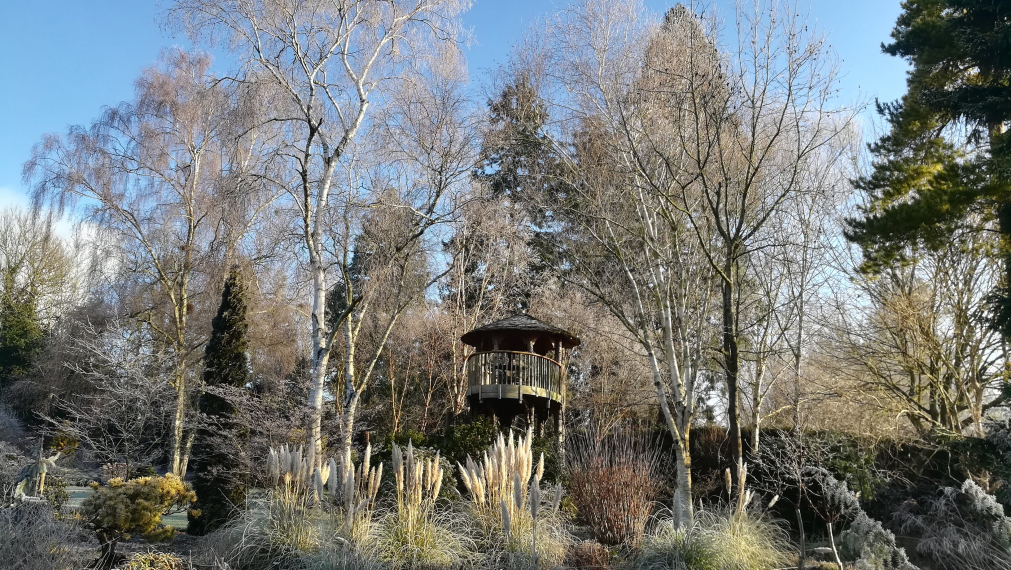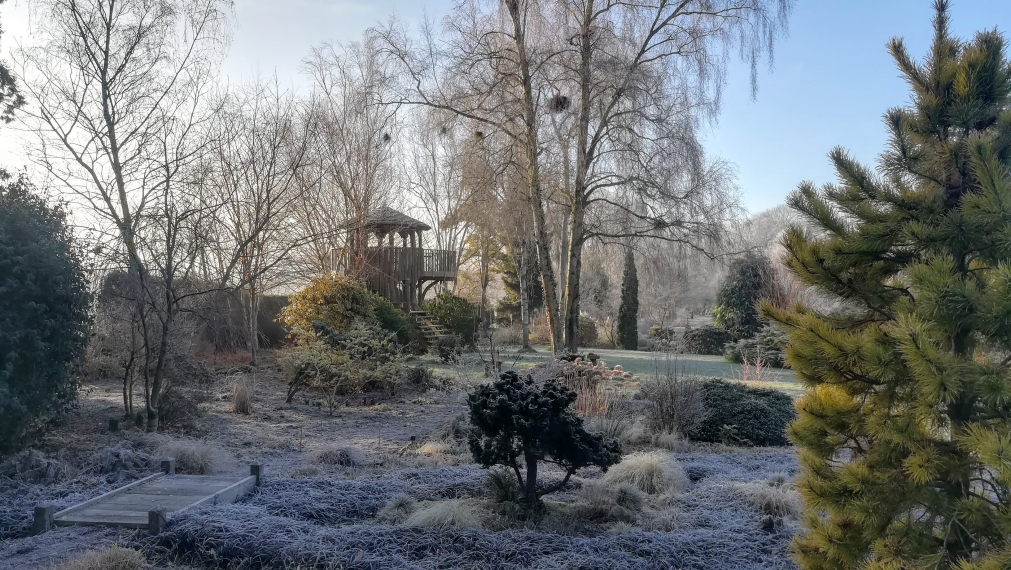The names Bloom and Bressingham have over more than 50 years become synonymous with plants with over 8,000 species and varieties planted in the gardens at Bressingham. Alan Bloom and his helper Percy Piper were responsible for raising and introducing over 150 perennials, and the tradition has been continued by his son Adrian, son in law Jaime Blake, and grandson Jason.
The plants we want to feature are what we believe to be some of the best garden plants among the thousands we could choose from.
Featured here – our ‘Take Twelve’ selection
These are the 12 plants featured in one chapter from Adrian Bloom’s popular and useful guide to choosing the best perennials and grasses for your garden, Bloom’s Best Perennials and Grasses published by Timber Press. The purpose of the book is to recommend great, easily grown plants that will give a long period of interest, and the ‘Take 12’ between them will offer year round colour too.
TAKE TWELVE PLANTS
How to simplify for success
Here is Adrian’s introduction, which could apply to all gardeners!
Getting switched on to gardening
One of my greatest ambitions has for many years been to try to get more people switched on to gardening. To me the benefits of gardening, having practised it for over 50 years is self evident. Whatever size of your residence, plants can beautify, from the smallest scale patio, terrace or window box to a small suburban or larger country garden and landscape. Gardening, and in this I mean primarily working with plants allows us to be creative with living things and to understand nature, the weather and our surroundings more. In today’s life under pressure of time, gardening can allow us those moments to relax, and to be absorbed in a therapeutic pastime. A garden can also add value to a property.
Less is more
In the past few years, whilst planting up Foggy Bottom and other gardens at Bressingham, developing small front gardens using primarily perennials and grasses in England and North America, then expanding to designing larger demonstration and educational gardens in Germany and the United States. I have come to rely on a core of relatively few but very special plants. Whilst not perfect (and hardly any plants are) for every situation, these can provide between them year round interest, spectacular flower and foliage which changes on many with the seasons. They can each be used in combination with each other or with many other plants, including shrubs. I have gradually narrowed this list down to twelve perennials and ornamental grasses. Why so few?
The ‘Take 12’ Principle
By reducing the focus to twelve main tried and tested plants allows us to study and learn with a group of plants capable of creating some drama in almost any garden, enhanced by plant combination and design. With 12 main plants to learn, we can not only manage to remember their names (some are quite difficult!) but begin to observe and learn how they each change through the seasons, how you can live with them and follow nature from their growth surge in spring, their glory in summer, maturity in autumn, and their dormancy or flower in winter, depending where you garden. Watch how they are affected by the wind and the rain, or even the heat and drought, the autumn mist or winter frost, and enjoy the low winter light as it highlights the shrubs, grasses or perennials.
Follow the link to find out more information on books by Adrian.
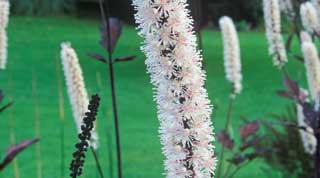
Actaea simplex ‘Brunette’
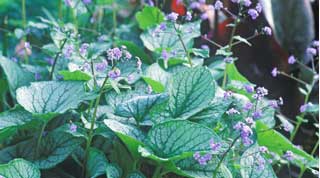
Brunnera macrophylla ‘Jack Frost’
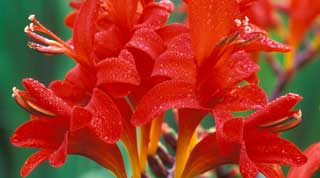
Crocosmia ‘Lucifer’
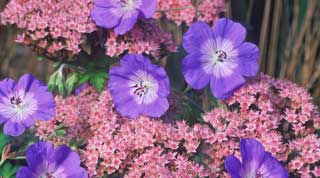
Geranium ‘Rozanne’
